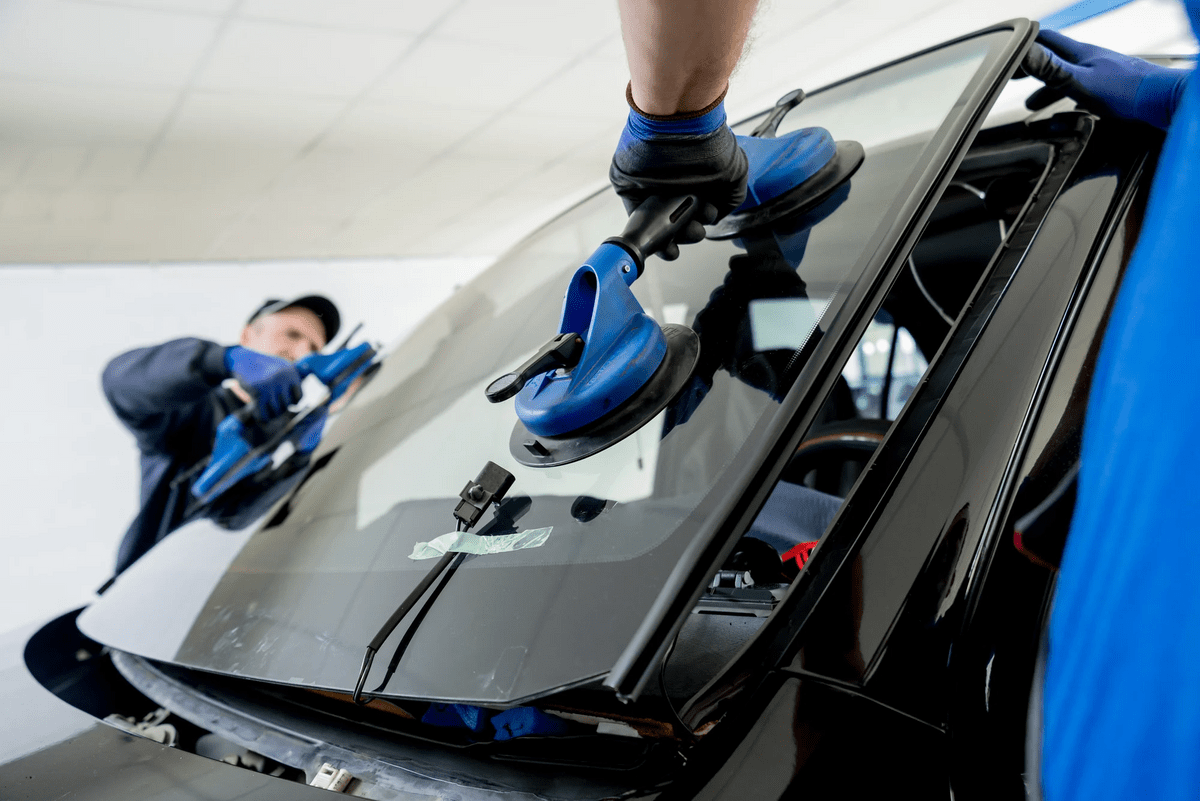
Driving around with a cracked or chipped windshield can be not only irritating but also dangerous. It is crucial to address any auto glass damage promptly to ensure your safety on the road. In this article, we will guide you through the process of safely repairing your auto glass. So, let's get started!
Identifying the Damage
The first step is to assess the damage to your auto glass. It is important to note that small chips or cracks can be repaired, but larger ones may require a full replacement. Look for any cracks, chips, or bullseye patterns on your windshield. Remember, even minor damage can worsen over time, so don't ignore it.
Choosing a Repair Kit
If your auto glass has a small chip or crack, you can opt for a DIY repair kit. These kits contain all the necessary tools and materials to fix the damage effectively. When choosing a kit, make sure it is suitable for the type of damage on your auto glass. Reading online reviews and checking customer ratings can help you select the right auto glass repair concord ca.
Preparing for Repair
Before starting the repair process, ensure you have a clean working area. Park your car in a shaded spot and gather all the tools from the kit. Cleaning the damaged area is crucial to achieve a successful repair. Use a mild glass cleaner and a microfiber cloth to remove any dirt or debris from the chip or crack.
Repairing the Chip or Crack
Now it's time to repair the damage. Follow the instructions provided in the repair kit carefully. Typically, the process involves applying a special resin or adhesive to fill the chip or crack. Use the provided applicator to evenly distribute the resin, ensuring it covers the entire damaged area. Once done, place a curing strip or film over the repair and let it dry under direct sunlight.
Buffing and Polishing
After the resin has dried, gently remove the curing strip or film. You may notice some excess resin on the surface. Use a razor blade or a similar tool to carefully remove any protruding resin. Next, use a glass polish and a soft cloth to buff the repaired area. This will smoothen the surface and make the repair less noticeable.
Rechecking for Damage
Once you have completed the repair process, inspect the auto glass again to ensure the damage has been properly fixed. Use a magnifying glass to examine the repaired area closely. If you notice any imperfections or the damage hasn't been adequately repaired, it is best to seek professional help rather than attempting another DIY repair.
When to Seek Professional Help
While some minor auto glass damages can be fixed with a DIY repair kit, there are instances where professional assistance is necessary. If the crack or chip is larger than a quarter or obstructs your vision, it is recommended to consult a professional auto glass repair service. They have the expertise and specialized tools to address complex damages adequately.
Preventing Future Damage
To prevent future auto glass damage, practice good driving habits and maintain a safe distance from the vehicles ahead of you. Additionally, avoid slamming car doors or driving on rough terrains, as these can put undue stress on your auto glass. Lastly, consider parking in shaded areas on hot days, as extreme temperatures can weaken the glass and increase the likelihood of cracks.
Conclusion
Your auto glass plays a vital role in your safety while driving, and repairing any damage promptly is essential. By following the steps outlined in this comprehensive guide, you can safely repair small chips and cracks in your auto glass. If you are unsure about the severity of the damage or the repair process, it is always wise to consult a professional auto glass repair service. Remember, maintaining a clear and damage-free windshield is crucial for a safe driving experience.